Ah, the allure of luxury fabrics! There’s something irresistibly opulent about weaving a touch of Chanel or Pucci into one’s wardrobe. It’s not just about fashion; it’s a statement of artistry, heritage, and an eco-conscious nod towards sustainability. The thrill of transforming high-end leftovers into something uniquely fabulous—like turning vintage Chanel scarves into a flamboyant silk shirt—has always set my heart racing. And if you know anything about me, you’ll understand why the concept of upcycling luxury fabrics is not just a passion but an obsession.
But, let’s pause the fashion show for a moment and talk legality—because where there’s a designer logo, there’s often a dramatic legal letter waiting in the wings. Picture this: you’ve just created or purchased a piece that breathes new life into forgotten fabric scraps. It’s gorgeous, it’s sustainable, and suddenly… it’s legally dubious?
Chanel Versus Logan Home
The world of upcycling luxury fabrics is like walking a haute couture tightrope. Remember when stylist Logan Horne dazzled the celebrity scene with that silk shirt adorned with pink flamingos and the iconic Chanel logo, crafted from vintage scarves? The design was an instant hit, worn by stars and coveted by the who’s who of fashion aficionados. Each piece, a cool $3000—pocket change for a brush with sustainable luxury, right?
However, faster than you can say “couture,” Chanel’s lawyers were on the horizon with a cease-and-desist letter.
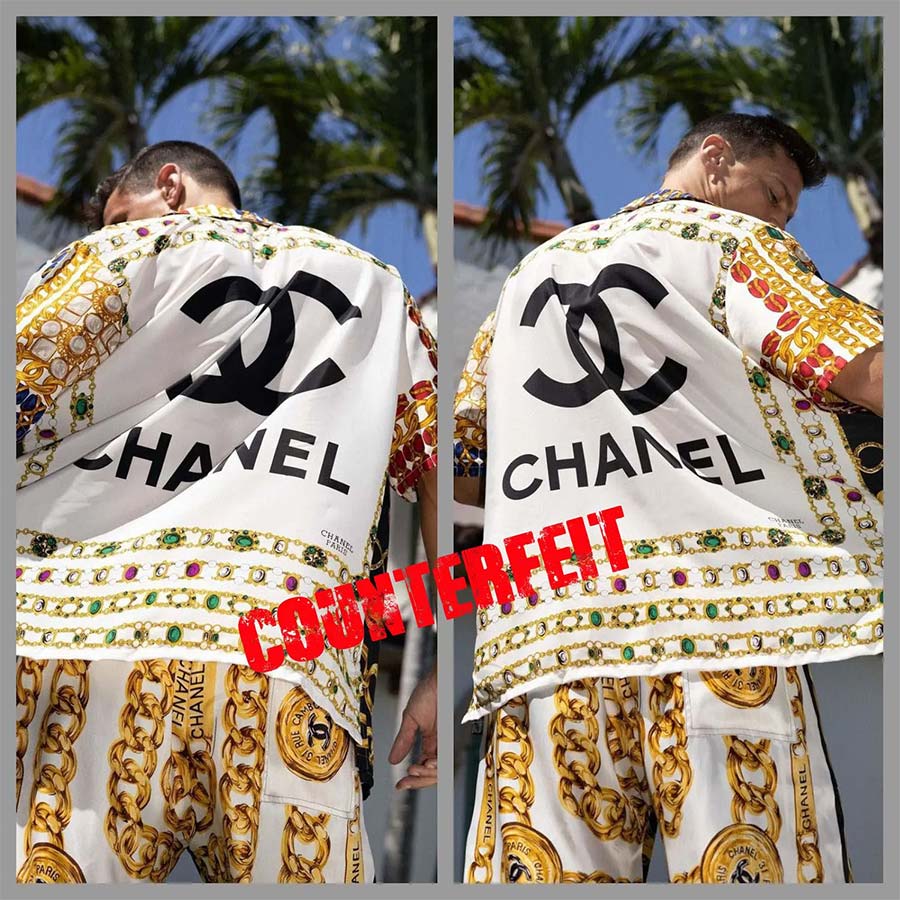
The issue? The blatant use of their trademarked logo. It’s a classic clash of fashion-forward sustainability versus the iron grip of trademark laws. The case tossed upcycling into a murky legal battleground, where creativity meets corporate.
And it’s not just Logan Horne. Take my own rendezvous with upcycling, for instance. In a burst of inspiration, I once snagged some exquisite Pucci fabric offcuts and stitched together a Pucci onesie. It was bold, it was beautiful, and within hours of flaunting it on social media, I received a less-than-enthused response from Pucci themselves.
Apparently, reimagining their fabric scraps was fine, but a public display of their patterns was a no-go.
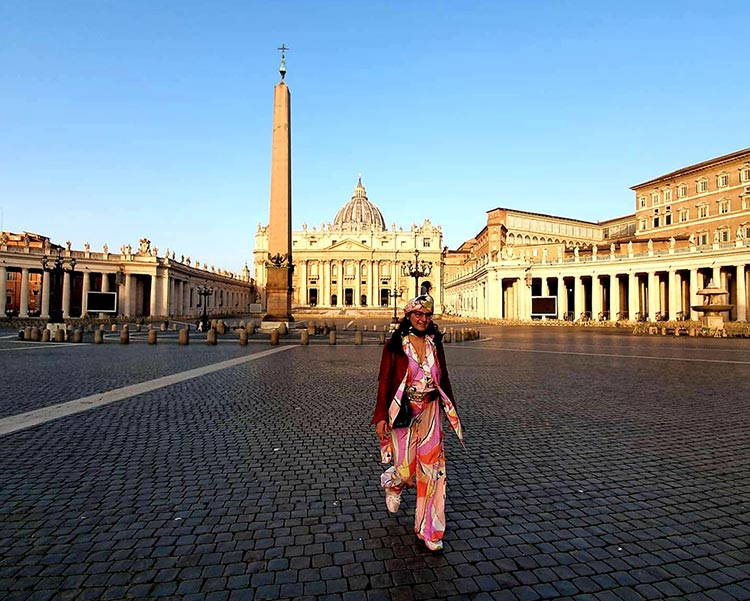
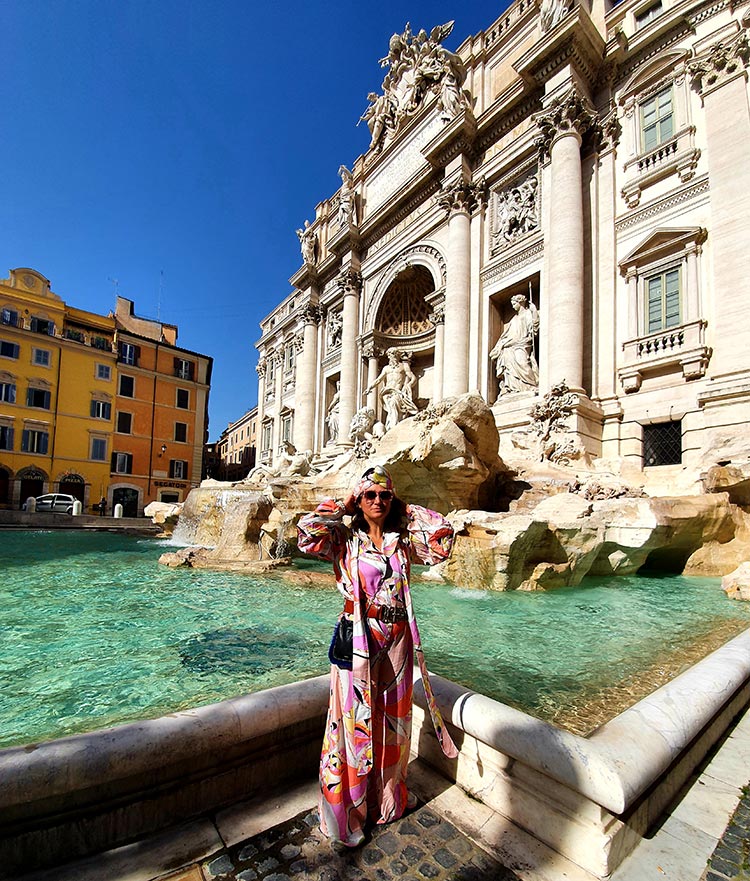
So, where does one stand legally when it comes to upcycling these luxurious leftovers? It’s a fabulously fuzzy line. Trademark law essentially protects brand names, logos, and distinctive signs from being used in ways that could confuse consumers about the origin of the goods. The heart of the issue is this: while upcycling is undeniably creative and eco-friendly, using recognizable elements of a brand without permission can step on the toes of trademark owners.
I live in South East Asia, where fake goods are sold everywhere. I lost my eleven year instagram account thanks to a video talking about fake goods. This is a gold silk turban, upcycled from the brand Etro.

What Is The Law?
This doesn’t mean we need to drop our fabric scissors and run. Instead, we need to navigate this chic minefield with a bit of savoir-faire. Here’s my haute take on how to upcycle legally and still maintain that opulent lifestyle:
- Research and Respect: Before you cut into that luxurious fabric, understand the legal implications of using branded materials. Knowledge is your best accessory here.
- De-brand Your Creations: If you’re using materials with logos, think about altering them enough to avoid legal drama. Turn that logo into something unrecognizable but still fabulously you.
- Transparency Is Trendy: Clearly communicate the upcycled nature of your creations. Let your audience know that while your piece is made from authentic branded fabric, it is not a branded product itself.
- Permission, Darling: Whenever possible, seek permission. It might sound daunting, but securing rights beforehand can save you from a fashion faux pas later.
- Embrace Originality: Use luxury scraps to create something entirely original. Instead of riding on the brand’s recognition, let your own creative flair be the star of the show.
Pucci
Navigating the legalities of upcycling doesn’t have to dampen the creative spirit. It’s like putting together an outfit for a ritzy gala; it requires thought, preparation, and a bit of boldness. Every stitch can be a step towards making fashion more sustainable, all while respecting the boundaries set by those who created the fabrics. This is Pucci fabric bought to upcycle and recreate my own Gracie Opulanza style.
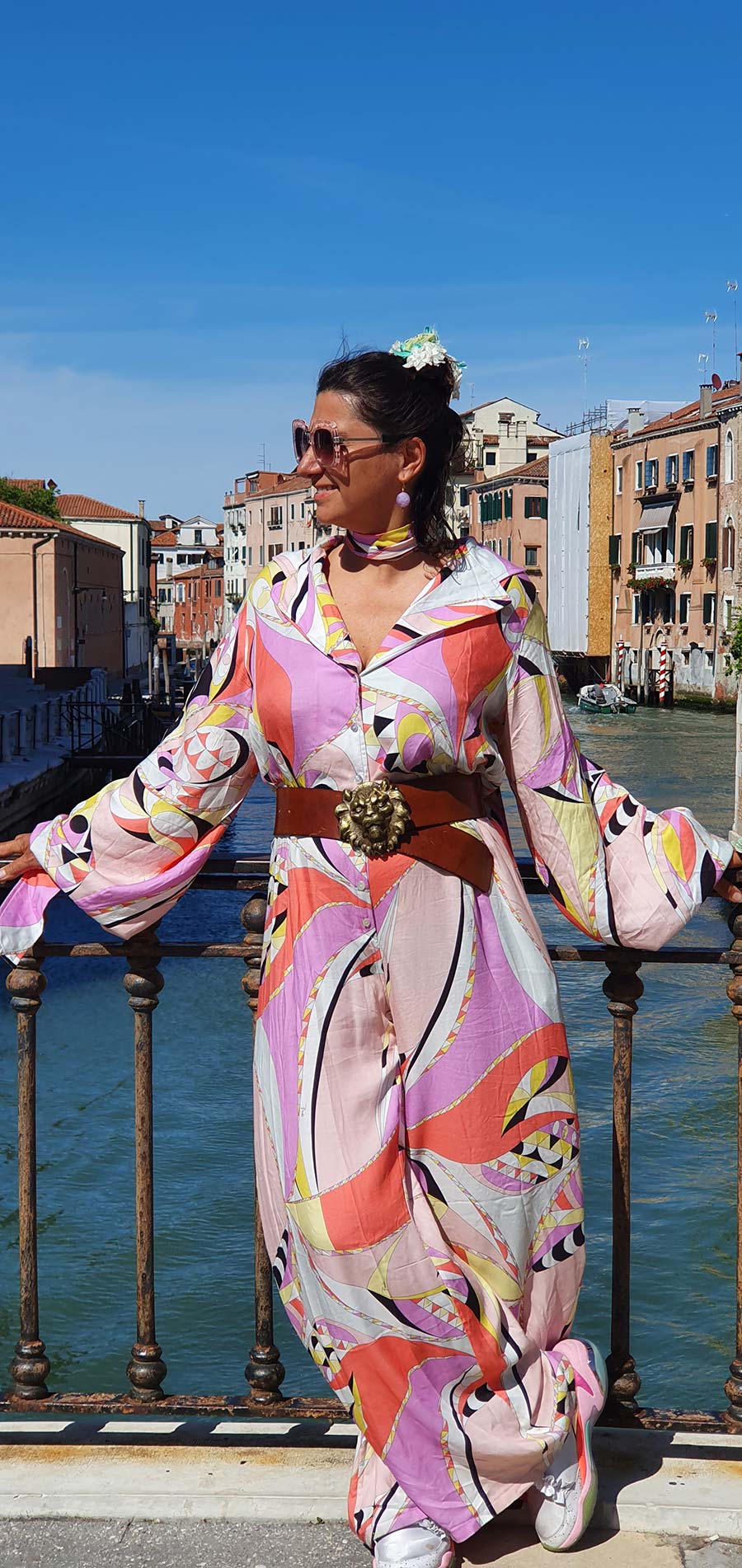
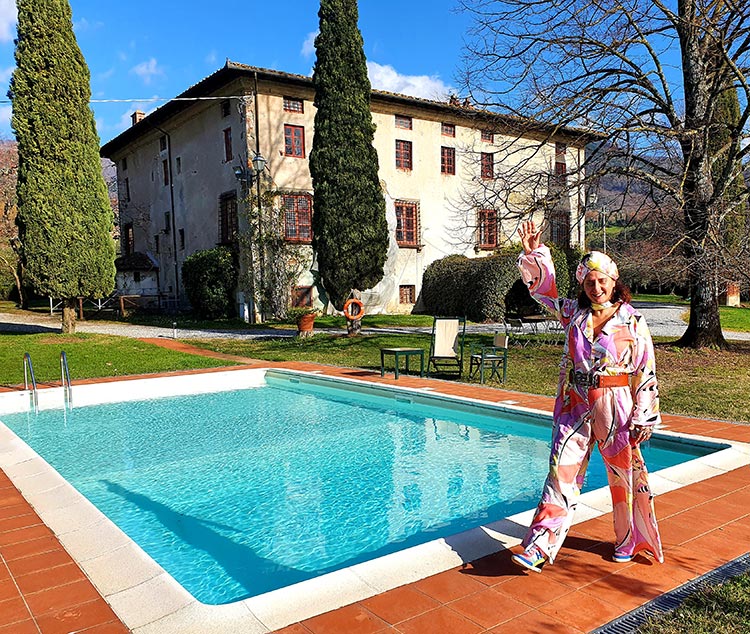
The essence of upcycling is transformation—transforming waste into want, old into new, and now legally risky into respectfully creative. It’s about crafting not just a style, but a statement that we are as much about the future of fashion as we are about its present allure.
In conclusion, while the luxurious lure of branded fabrics is undeniable, the true luxury might just be in crafting something that is ethically sound, legally safe, and uniquely ours. So, let’s keep our sewing kits handy, our legal knowledge up-to-date, and our creativity unbounded. After all, in the grand fashion show of life, isn’t it more thrilling to be a trendsetter than just another follower?

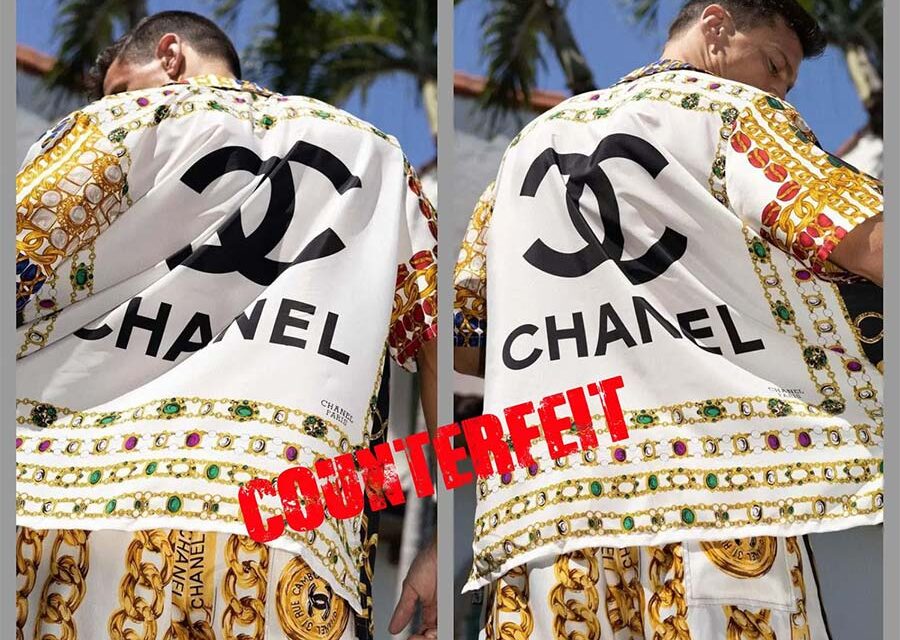

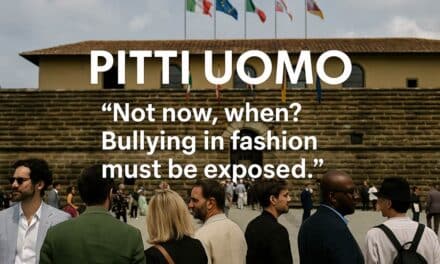

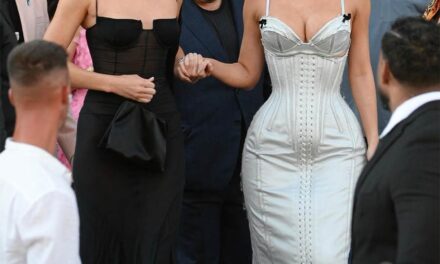
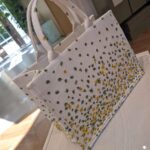





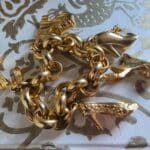

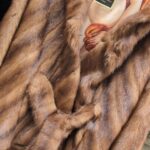

You must be logged in to post a comment.